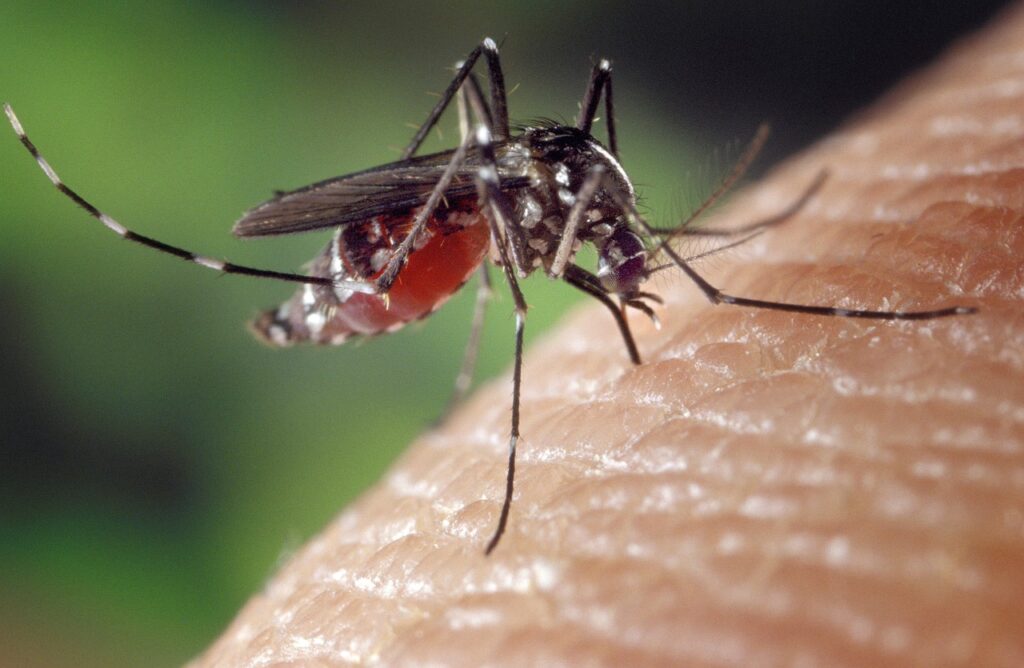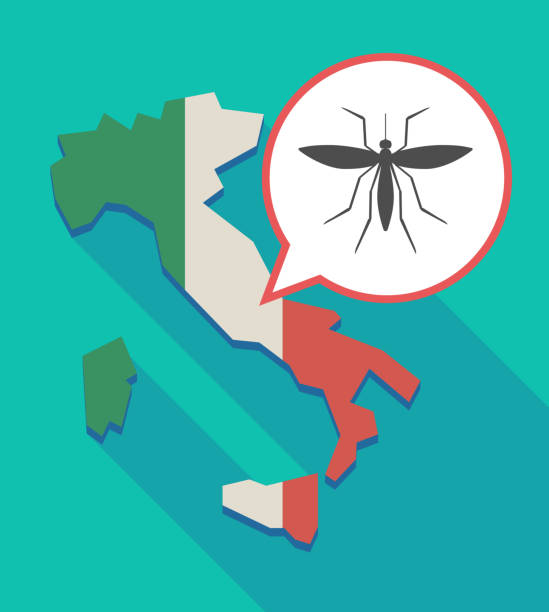The Resurgence of Malaria in Italy
 Source : Pixabay
Source : Pixabay
The recent case of malaria in Italy that was diagnosed in Verona marks the first autochthonous malaria case in decades (caused by Plasmodium Vivax). This is especially significant as Italy was declared malaria-free by the World Health Organization (WHO) in 1970.
Local health authorities in Veneto have promptly initiated measures to contain the situation. More specifically, they focused on epidemiological investigations and preventive actions.
This case highlights the persistent challenges of reemerging diseases and the importance of proactive health surveillance systems.
The History of Malaria in Italy
 Source : iStock
Source : iStock
The battle with Plasmodium parasites in Italy dates back to the early 20th century, culminating its eradication by 1970. Government-led initiatives such as extensive mosquito control programs, widespread use of antimalarial drugs, and environmental management were indispensable to achieve this outcome. Since the 1960s, indigenous malaria cases have been exceedingly rare. In fact, most cases are imported from endemic regions. The recent case of Plasmodium Vivax malaria in Verona is a reminder of the need for continued vigilance against diseases long considered under control.
How Malaria is Spread
 Source : Freepik
Source : Freepik
How is malaria spread? Malaria transmission occurs exclusively through the bites of infected female Anopheles mosquitoes that carry Plasmodium parasites.
Malaria is not spread from person to person through direct contact. It is transmitted exclusively through the bites of infected female Anopheles mosquitoes. The mosquito vector remains the sole mode of transmission, which makes mosquito control strategies (e.g., insecticide-treated nets and indoor residual spraying) critical for disease prevention. Moreover, environmental factors such as standing water and warm climates provide ideal conditions for mosquito breeding. Before we attempt to contain malaria, it is very important to understand how malaria is spread first.
Symptoms of Malaria
Malaria presents with a range of symptoms, including:
- Fever
- Chills
- Headache
- Myalgia (i.e., muscle pain)
- Nausea and vomiting
Severe cases can lead to complications such as organ failure if left untreated. Although malaria that’s caused by Plasmodium Vivax is generally less severe compared to other Plasmodium parasites, early diagnosis remains critical.
Treatment is highly effective. However, delayed intervention increases the risk of severe complications.
Preventive Measures for Malaria in Non-Endemic Regions
As the recent case of malaria in Italy demonstrates, vigilance is critical even in non-endemic regions. The prevention of malaria resurgence involves a complex approach that targets the mosquito vector and the potential for imported cases.
Vector control remains the most effective method to limit malaria transmission, especially in areas with suitable climates for Anopheles mosquitoes. This includes the widespread use of insecticide-treated bed nets, regular spraying of insecticides in high-risk areas, and the elimination of standing water where mosquitoes breed.
Public education campaigns are also vital to inform communities about how malaria is spread and to encourage protective behaviors such as using mosquito repellents, wearing long-sleeved clothing, and avoiding outdoor activities during peak mosquito activity. For travelers returning from endemic regions, health authorities recommend prophylactic antimalarial drugs and post-travel health checks to detect infections early.
Moreover, rapid diagnostic tools like NOUL’s miLab™ MAL play a key role in limiting outbreaks. The quick detection of Plasmodium parasites allows for immediate intervention.
Veneto’s Response to the Malaria Case
The Veneto Region responded rapidly to the malaria case in Verona. Local health authorities conducted epidemiological investigations, field surveys, and detailed mosquito habitat analysis.
Collaboration between the Veneto Region, ULSS 9 Scaligera, and the Experimental Zooprophylactic Institute of the Venezie was vital to monitor potential sources of infection. Optimized surveillance systems and preventive disinfestation activities were rolled out to mitigate further risk.
These measures highlight the importance of rapid and coordinated public health responses in the prevention of Plasmodium parasites.
The Role of Rapid Diagnosis in Malaria Control
 Source : NOUL
Source : NOUL
Rapid and accurate diagnosis is absolutely vital to stop the spread of Plasmodium Vivax and other parasites. This is especially important in non-endemic regions such as Verona where malaria in Italy is rare.
In such scenarios, where malaria cases are infrequent and the need for precise microscopic differentiation becomes critical, the role of automated, AI-powered digital microscopy like NOUL‘s miLab™ MAL is further emphasized. This advanced diagnostic platform enables rapid on-site detection of Plasmodium parasites, ensuring timely intervention and reducing the risk of further transmission. As malaria reemerges in unexpected areas, these solutions will be a cornerstone in the control of outbreaks.
Conclusion
The recent case of malaria in Italy serves as a critical reminder of the need for robust malaria control measures (even in areas previously declared malaria-free). Diagnostic tools such as miLab™ MAL provide health professionals with the tools they need to quickly take action in response to outbreaks.
Healthcare institutions must prioritize advanced diagnostic solutions to ensure timely intervention and prevent further spread.

